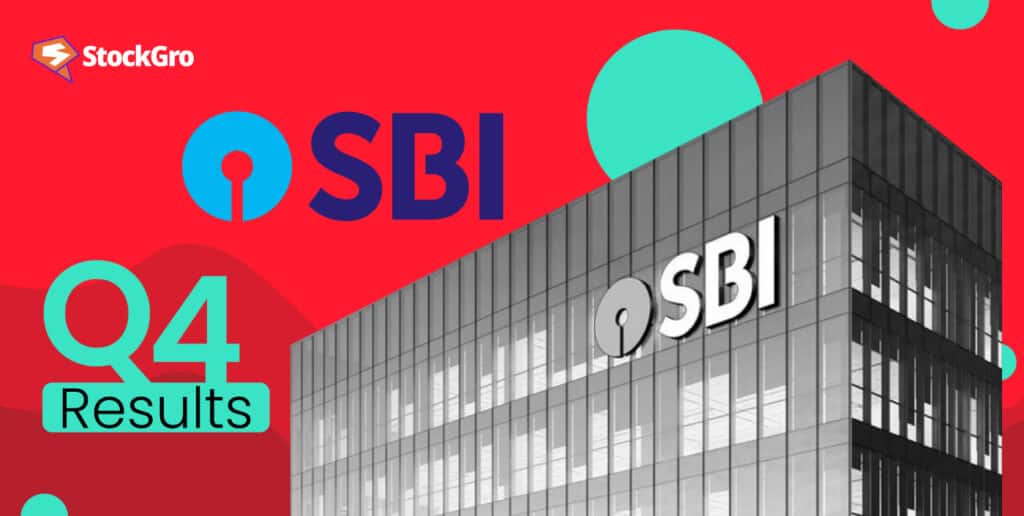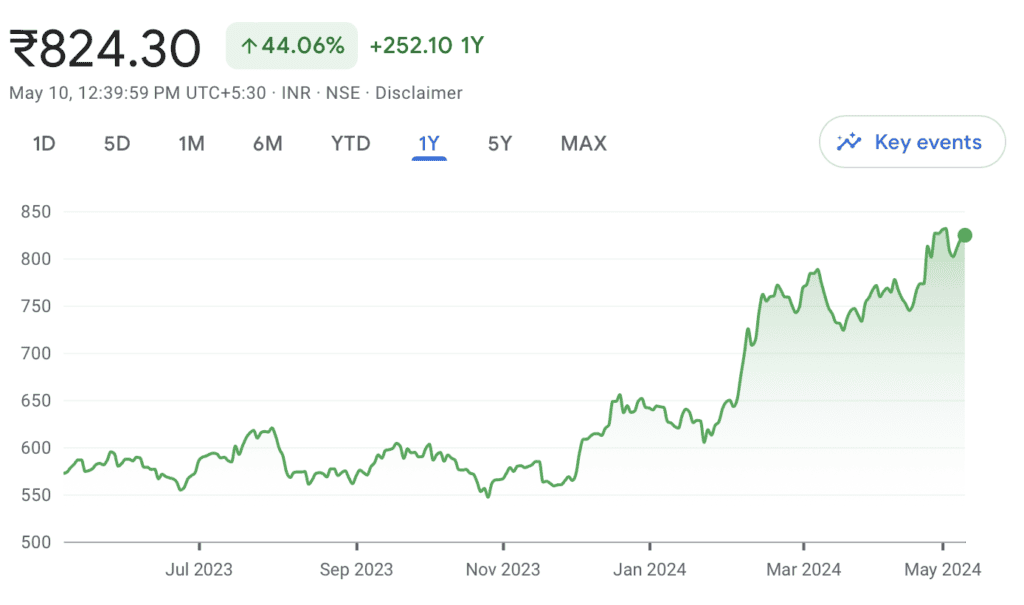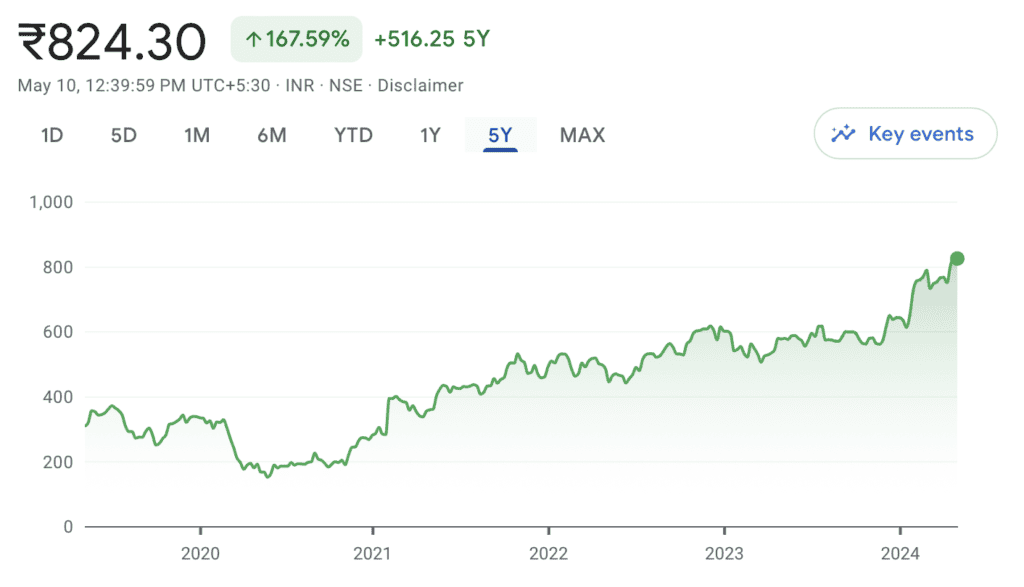
State Bank of India (SBI), the largest public sector bank in India, has released its results for the fourth quarter of the fiscal year 2024. During this period, SBI reported a 24% year-on-year growth in net profit, surpassing market expectations.
These results reflect the bank’s operational efficiency and strategic management during the quarter. Let’s explore more insights and detailed analysis of SBI’s performance in this blog.
About SBI
State Bank of India is a major public sector bank headquartered in Mumbai, India. It is the largest bank in the country by assets and operations. SBI has a rich history spanning over 200 years, making it the oldest bank in India.
The bank’s asset base was over ₹61 trillion for FY24. It holds the largest market share in both advances and deposits within the Indian banking system. SBI has been designated as a Domestic Systemically Important Bank (D-SIB) by the Reserve Bank of India (RBI), reflecting its critical role in the national economy.
As of March 2024, the Government of India owns 57.54% of SBI’s shares, making it the company’s largest shareholder. The bank’s domestic network includes over 22,542 branches and 63,580 ATMs, with a further 241 international offices across 29 countries.
SBI offers a comprehensive range of financial services. These include traditional banking products as well as non-banking services through its various subsidiaries. Among these are investment banking, credit cards, insurance, fund management, and broking services.
State Bank of India has a strong market presence with a 22.55% share in deposits, 19.06% in loan advances, and 25.04% in debit card spending. Additionally, SBI controls 29.26% of the ATM market, 25.76% of mobile banking transactions by number, and 21.69% by value, illustrating its significant influence across various banking services.
Also read: The best banks in India: Leading the way in finance
SBI Q4 results 2024
SBI Q4 results for the fiscal year 2024 are out. The bank achieved a net profit of ₹20,698 crore in Q4, which is a 23.98% increase from the previous year. This significantly exceeded analyst expectations, which had forecasted a profit of ₹13,400 crore.
During this quarter, the operating profit rose to ₹28,748 crore, marking a 16.76% year-over-year (YoY) increase. The net interest income (NII) for Q4 stood at ₹41,655 crore, slightly up by 3% compared to the same period last year.
Regarding the bank’s asset quality, the net non-performing assets (NPA) ratio improved to 0.57%, while the gross non-performing assets (NPA) ratio dropped to 2.24%, the lowest level in ten years. The provision coverage ratio, including adjustments for asset quality, stood at 91.89%. Notably, overall provisions were significantly reduced to ₹1,609 crore from ₹3,315 crore in the corresponding period last year.
In terms of balance sheet growth, SBI reported a 15.24% increase in credit, driven primarily by domestic advances which grew by 16.26% YoY. Retail personal advances and corporate loans also saw significant growth.
The bank’s total deposits grew by 11.13%, with the current account savings account (CASA) ratio standing at 41.11%. Additionally, SBI’s capital adequacy ratio (CAR) at the end of FY24 was recorded at 14.28%.
The significant gains in core net interest margin (NIM), core pre-provision operating profit (PPOP), and overall profit were notably higher by 49.4% compared to consensus forecasts, primarily due to the favourable impact of a recent wage revision.
| (₹ crore) | Q4 FY24 | Q3 FY24 | QoQ % | Q4 FY23 | YoY % |
| Interest income | 1,11,043 | 1,06,734 | 4.04 | 92,951 | 19.46 |
| Interest expenses | 69,387 | 66,918 | 3.69 | 52,559 | 32.02 |
| Net interest income | 41,655 | 39,816 | 4.62 | 40,393 | 3.13 |
| Operating profit | 28,748 | 20,336 | 41.36 | 24,621 | 16.76 |
| Loan loss provisions | 3,294 | 1,757 | 87.48 | 1,278 | 157.65 |
| Profit after tax | 20,698 | 9,164 | 125.87 | 16,695 | 23.98 |
Source: SBI Q4FY24 Results
The Board of State Bank of India has proposed a dividend payout of ₹13.70 for each share. To be eligible for receiving this dividend, shareholders must be on the bank’s records as of the designated record date, which is Wednesday, May 22, 2024. Following this, the approved dividend will be disbursed to the shareholders on June 5, 2024.
You may also like: Fundamental Analysis of HDFC Bank Ltd.
FY24 results
State Bank of India reported a net profit of ₹61,077 crore for the fiscal year 2024, marking a 21.59% YoY growth. This increase includes adjustments for wage settlements of ₹13,387 crores and a one-time exceptional item costing ₹7,100 crore. The bank’s operating profit for the same period rose by 12.05% to ₹93,797 crore.
Net interest income for FY24 grew by 10.38%, showcasing a steady rise in the profitability of core banking operations. Despite a slight decrease, the whole bank’s net interest margin stood at 3.28%. The bank’s return on assets (ROA) was recorded at 1.04%, and the return on equity (ROE) at 20.32%, indicating effective use of assets and equity to generate earnings.
SBI share price performance
SBI’s share price history has shown consistent growth. As of May 9, 2024, SBI share rate closed 1.27% higher at ₹820.70 each on the Bombay Stock Exchange (BSE). This increase is part of a broader trend observed over the past year, with the share price rising by 44.06% as of May 10, 2024.

Source: Google Finance
Looking at a longer timeline, over the past five years, SBI’s shares have yielded a substantial return of 167.59%.

Source: Google Finance
Also read: Unravelling the power of public sector banks in India’s economic landscape
Bottomline
State Bank of India has demonstrated strong financial health and consistent growth across various key metrics, making it a robust player in India’s banking sector. The results from the fourth quarter of fiscal year 2024 have not only shown remarkable year-on-year improvement but also surpassed market expectations significantly.
The operational efficiency, strategic management, and resilient asset quality have collectively contributed to this outcome. For investors, it’s essential to consider how this performance positions SBI in comparison to its peers and what it might mean for future market dynamics.
